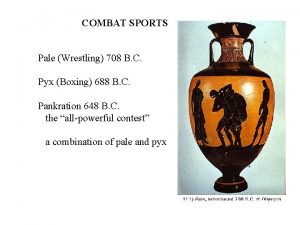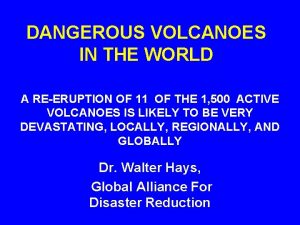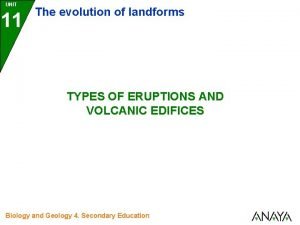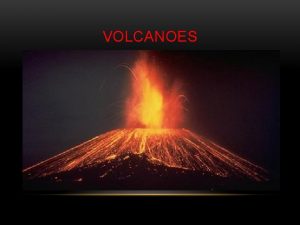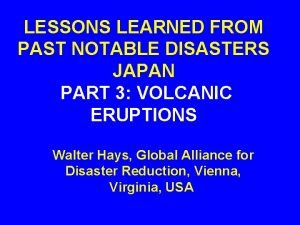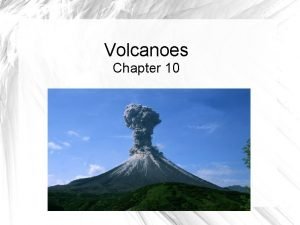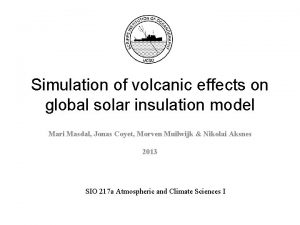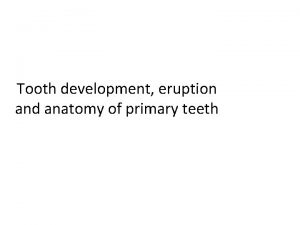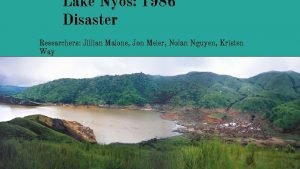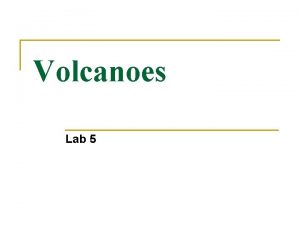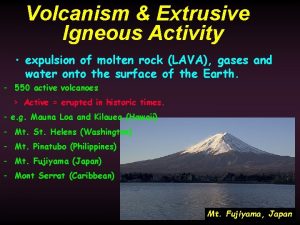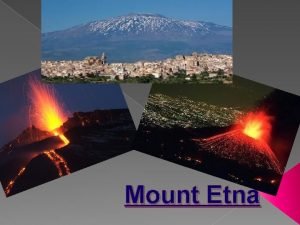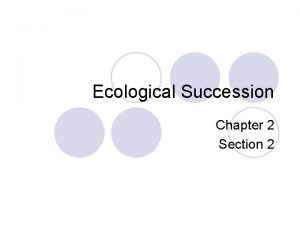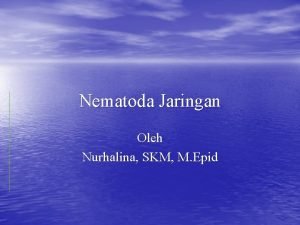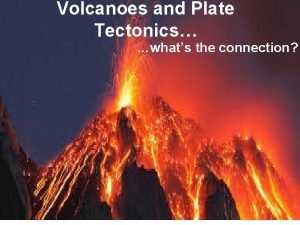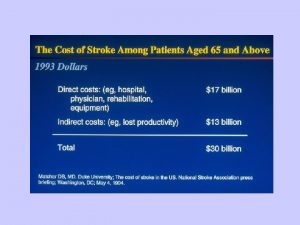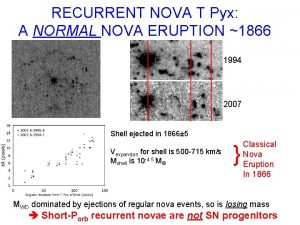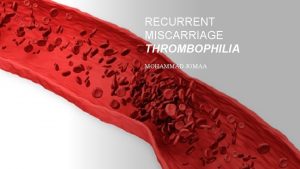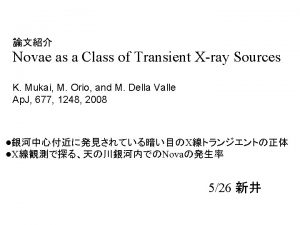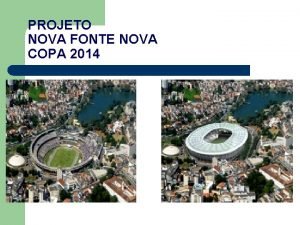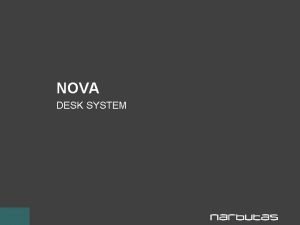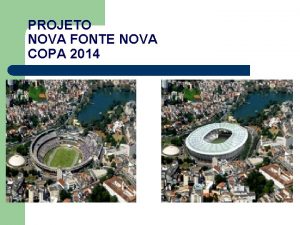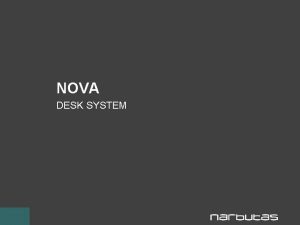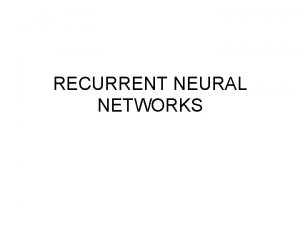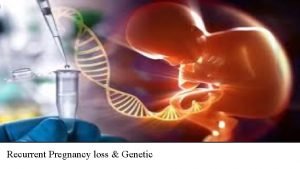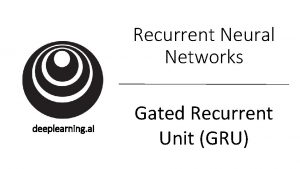RECURRENT NOVA T Pyx A NORMAL NOVA ERUPTION




















- Slides: 20

RECURRENT NOVA T Pyx: A NORMAL NOVA ERUPTION ~1866 1994 2007 Shell ejected in 1866± 5 Vexpansion for shell is 500 -715 km/s Mshell is 10 -4. 5 M } Classical Nova Eruption In 1866 MWD dominated by ejections of regular nova events, so is losing mass Short-Porb recurrent novae are not SN progenitors

GET Mejecta FROM PERIOD CHANGE ACROSS ERUPTIONS Mejecta = (MWD/A)*( P/P)

U SCO 2010 ERUPTION: LARGE PERIOD CHANGE 0. 020 2010 Eruption U SCO 0. 015 O-C (days) 0. 010 0. 005 0. 000 -0. 005 -0. 010 2456300 Julian Date • P = (27. 6 ± 1. 4) x days • Mejecta = (27. 7 ± 1. 4) x 10 -6 M • T = 10. 9 years, M = (0. 1± 0. 05) x 10 -6 M /yr 10 -6

T PYX 2011 ERUPTION: LARGE PERIOD CHANGE T Pyx 0. 035 0. 030 O-C (days) 0. 025 0. 020 0. 015 0. 010 Start of 2011 Eruption 0. 040 0. 005 0. 000 -0. 005 2454400 2454800 2455200 2455600 Julian Date • P = (4. 0 ± 0. 3) x 10 -6 days • Mejecta = (58. 8 ± 5. 5) x 10 -6 M • T = 44. 3 years, M = (0. 1± 0. 05) x 10 -6 M /yr 2456000 2456400

CI AQL 2000 ERUPTION: SUBSTANTIAL PERIOD CHANGE 0. 015 O-C (days) 0. 005 0. 000 2000 Eruption 0. 010 CI Aql -0. 005 -0. 010 -0. 015 -0. 020 2448000 2449000 2450000 2451000 2452000 2453000 2454000 2455000 2456000 Julian Date • P = (1. 5 ± 1. 0) x 10 -6 days • Mejecta = (2. 9 ± 2. 0) x 10 -6 M • T = 24 years, M = (0. 1± 0. 05) x 10 -6 M /yr

RECURRENT NOVA WHITE DWARFS ARE EJECTING MORE MASS THAN THEY ARE ACCRETING RNe Year Mejecta(10 -6 M) -6 M ) MDT(10 Mejecta/MDT U Sco 2010 27. 7± 1. 4 1. 1 25 T Pyx 2011 58. 8± 5. 5 4. 4 13 CI Aql 2000 2. 9± 2. 0 2. 4 1. 2 RNe WDs losing mass RNe will not become Type Ia supernova

HALF OF THE RECURRENT NOVAE ARE NEON NOVAE Mason et al. 2012, A&A NEON NOVAE Fe. II NOVAE U Sco T Cr. B RS Oph V 394 Cr. A YY Dor V 3890 Sgr Nova LMC 2009 IM Nor A neon nova cannot have its WD gaining mass, because it is dredging up new material each eruption. A neon nova must have an underlying ONe. Mg WD and cannot become a supernova, because it is not the required CO white dwarf. Half-or-more of RN will not become supernovae

RN SUMMARY SO FAR: T Pyx MS companion ✖ WD is losing mass IM Nor MS companion ✖ CN eruption means WD is losing mass V 2487 Oph Subgiant companion U Sco Subgiant companion ✖ ✖ ONe. Mg WD, WD losing mass CI Aql Subgiant companion WD is losing mass V 394 Cr. A Subgiant companion T Cr. B Red Giant companion RS Oph Red Giant companion ✖ ONe. Mg WD V 745 Sco Red Giant companion V 3890 Sgr Red Giant companion

THE COMPANION STAR CAN DISTINGUISH THE PROGENITOR Double Recurrent Degenerate Novae Pre-eruption companion to WD WD Post-eruption. . . none. . . ex-companion Symbiotic Stars Helium Stars Persistent Supersoft Sources Red Giant, Red Giant Hi-Lum. Subgiant, star ‘core’ >1. 2 M MS MS

SNR 0509 -67. 5 FINAL 3 -s ERROR CIRCLE IS EMPTY OF POINT SOURCES TO V=26. 9 3 -s error circle: Measurement Error + Orbital Velocity + Kicks

THE UTTER LACK OF ANY EX-COMPANION RULES OUT ALL MODELS EXCEPT THE DOUBLE DEGENERATE Schaefer & Pagnotta 2012, Nature Limiting mag of V=26. 9 MV=8. 4 (K 9 on main sequence) ✖✖✖✖ Double Recurrent Degenerate Novae Post-eruption. . . none. . . ex-companion Symbiotic Stars Helium Stars Persistent Supersoft Sources Red Giant, Red Giant Hi-Lum. Subgiant, star ‘core’ >1. 2 M MS MS

TWO MORE LMC TYPE Ia SN REMNANTS HAVE NO RED GIANT or SUBGIANT EX-COMPANIONS Edwards, Pagnotta, & Schaefer 2012, Ap. JLett SNR 0519 -69. 0 SN 1006 HAS NO RED GIANT EX -COMPANION Gonzalez-Hernandez et al. 2012, Nature SNR 0505 -67. 9

SN 2011 fe HAS NO RED GIANT COMPANION Li et al. 2011, Nature Lack of any counterpart on pre-eruption HST images proves the companion cannot be a luminous red giant or a luminous Helium star. Li et al. (2011) (ar. Xiv)

NO ‘KASEN EFFECT’ IN 235 SUPERNOVAE MEANS NO RED GIANT COMPANION Kasen 2010, Ap. J Supernova Survey # supernova # with Kasen effect SDSS 108 0 100 0 61 0 Hayden et al. 2010, Ap. J SNLS Bianco et al. 2011, Ap. J LOSS Ganeshalingam et al. 2010, Ap. J

NO EMISSION FROM EJECTA/WIND COLLISION MEANS NO RED GIANT COMPANION Wavelength Instrument # supernova # with emission X-ray Swift 53 0 Ultraviolet Swift 12 0 Radio VLA 46 0 Radio EVLA 1 (SN 2011 fe) 0 Russell & Immler 2012, Ap. JLett Brown et al. 2012, Ap. J Hancock et al. 2011, Ap. J Chomiuk et al. 2012, Ap. J BUT: A few SNe (PTF 11 kx, SN 2002 ic, & SN 2005 gj) show variable narrow emission lines that are a clear hall mark of interaction with a circumstellar medium 0. 1% - 1% of progenitors are Symbiotic Stars

SCORECARD FOR RED GIANT COMPANIONS: # Supernova Examined # with Red Giants SNR 0509 -67. 5 1 0 2 LMC SNRs 2 0 Tycho’s & SN 1006 2 0 SN 2011 fe 1 0 No Kasen Effect 269 x 10% 0 No Wind/Ejecta Collision 112 0 _____ 145 ___ 0

RN SUMMARY: T Pyx MS companion ✖ ✖ WD is losing mass IM Nor MS companion CN eruption means WD is losing mass V 2487 Oph Subgiant companion ✖No subgiant companions U Sco Subgiant companion ✖ ✖ ONe. Mg WD, WD losing mass CI Aql Subgiant companion WD is losing mass V 394 Cr. A Subgiant companion ✖No subgiant companions T Cr. B Red Giant companion ✖ ✖ No red giant companions RS Oph Red Giant companion ONe. Mg WD V 745 Sco Red Giant companion No red giant companions V 3890 Sgr Red Giant companion No red giant companions

GENERALIZING – IF ONE CLASS DOMINATEs: Double Recurrent Degenerate Novae First Progenitor Class SNR 0509 center is empty No Red Giants Symbiotic Stars No Red Giants Helium Stars No Hi-L stars Persistent Supersoft Sources SNR 0509 center is empty ✓✖✖✖✖ Neon WDs, Mejecta too high No Kasen effect

GENERALIZING – IF TWO CLASSES DOMINATE: Double Recurrent Degenerate Novae First Progenitor Class SNR 0509 center is empty No Red Giants Symbiotic Stars No Red Giants No Hi-L stars No Red Giants No Kasen effect No Hi-L stars Persistent Supersoft Sources SNR 0509 center is empty ✓✖✖✖✖ ? Neon WDs, Mejecta too high Second Progenitor Class ? ? ? Helium Stars Different from first class No Red Giants Neon WDs, Mejecta too high No Kasen effect

CONCLUSIONS: Two RNe have Mejecta>>MDT Half of the RNe are neon nova T Pyx had a classical nova eruption in 1866 and is fast exiting the RN phase SNR 0509 -67. 5 has an empty central region to MV= +8. 4 DOUBLE DEGENERATE SYM BIO TIC Out of a sample of 145 SNe, 0 have red giant companions (with similar but weaker restrictions for subgiant companions) SUPERSOFT? or DOUBLE DEGENERATE
 Olisbos
Olisbos Mt rainier eruption simulation
Mt rainier eruption simulation Types of volcanoes
Types of volcanoes Volcano type of eruption
Volcano type of eruption Before and after mt st helens eruption
Before and after mt st helens eruption Mount unzen eruption 1792 facts
Mount unzen eruption 1792 facts Mazama volcano
Mazama volcano Factor affecting volcanic eruption
Factor affecting volcanic eruption Eruption 1991
Eruption 1991 Eruption difficilis
Eruption difficilis Nyos lake disaster
Nyos lake disaster Volcano type of eruption
Volcano type of eruption Volcanic ash
Volcanic ash Mount etna 1669 eruption facts
Mount etna 1669 eruption facts Tectonic playe map
Tectonic playe map What is secondary succession
What is secondary succession Obat creeping eruption
Obat creeping eruption Plate tectonics
Plate tectonics Mount vesuvius last eruption
Mount vesuvius last eruption Process of volcanic eruption
Process of volcanic eruption Weber syndrome
Weber syndrome
